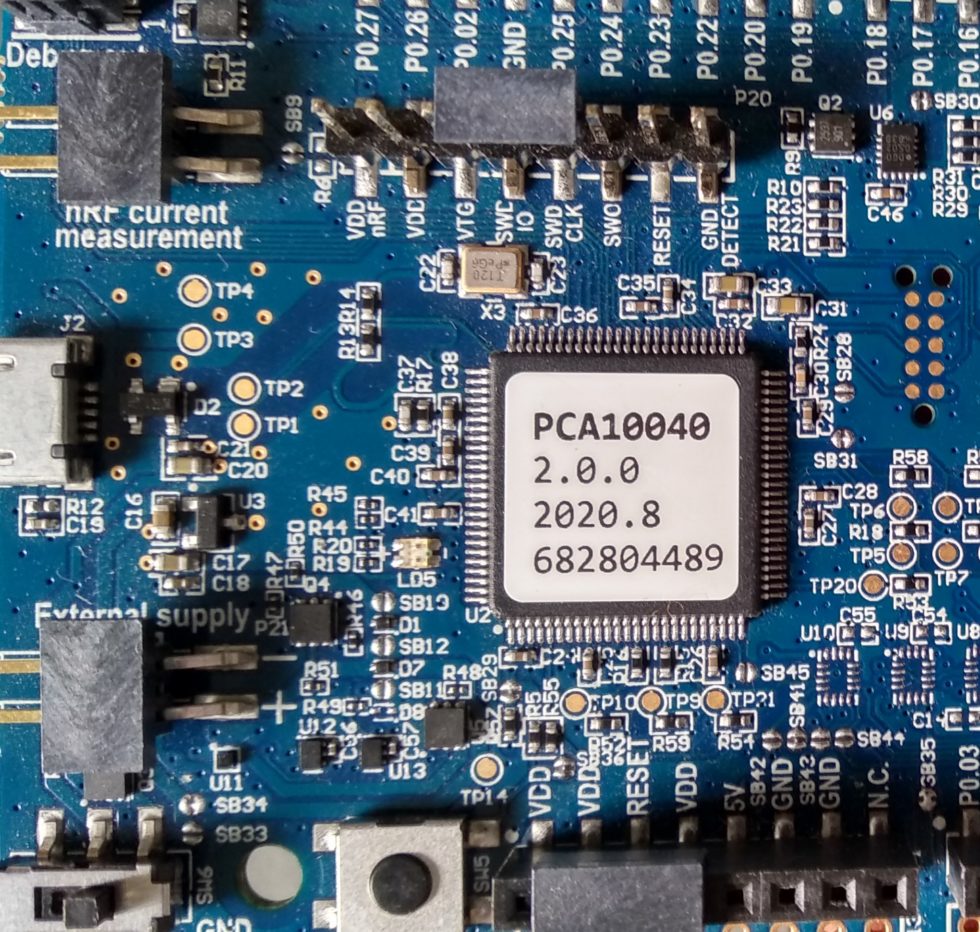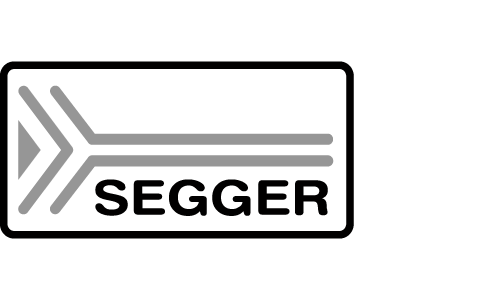
- SEGGER EMBEDDED STUDIO NRF52 TUTORIAL INSTALL
- SEGGER EMBEDDED STUDIO NRF52 TUTORIAL SOFTWARE
- SEGGER EMBEDDED STUDIO NRF52 TUTORIAL CODE
For instance, a stock ZephyrRTOS and a modified PlatformIO based ZephyrRTOS.
SEGGER EMBEDDED STUDIO NRF52 TUTORIAL INSTALL
PlatformIO has done a very good job, however, it still requires one to install a custom SDK to work with the PlatformIO ecosystem, at times requiring users to install a redundant SDK and occupy extra storage space if they have already installed it previously.
SEGGER EMBEDDED STUDIO NRF52 TUTORIAL CODE
However, till-to-date, a proper or in other words a complete VS code extension to configure, build, and debug projects using Zephyr RTOS without modifying the underlying OS system has not been developed. Currently, some of the popular VS Code extensions out there for the embedded platforms are PlatformIO, Particle Workbench, and Arduino among others. These extensions allow adding additional functionalities to the VS Code, enabling one to use the VS Code for virtually any platform and coding language. One of the main reasons that VS Code has taken over other IDEs is the ability to support third-party extensions. The most popular IDEs that most of us developers use on a daily basis is Visual Studio Code from Microsoft. This at times can be overwhelming for new developers who first need to install and configure all the required toolchains and keep a tab of various commands for generating the executable binaries to flashing the devices, especially in the embedded systems development world. Without IDEs, developers have to use an editor, compiler, and linker installed on their development machine to create code files, compile, and link them. Each of the tools has an awareness of the environment, and they work in harmony to provide a very nice developer experience out of the box both for novice developers as well as experienced ones. Rather than performing all the steps required to make an executable program or generate a binary firmware as unrelated individual tasks, IDEs bring all the tools needed into one application and workspace.
SEGGER EMBEDDED STUDIO NRF52 TUTORIAL SOFTWARE
Users/sam/Downloads/xPacks/openocd/0.10.0-13/bin/openocd -f interface/cmsis-dap.cfg -f target/nrf52-particle.An Integrated Development Environment (IDE) is a software application that provides a programming environment to streamline developing and debugging software. Keep in mind that the nrf52-particle.cfg is not available in the openocd direct download and in that case you can just copy this file from particle open repro or get it from the particle workbench paths.įor Windows i have tried to use the directly openocd from and it worked with the SES with following GDB command line option. Special Note : You can actually download the openocd directly from web and use it directly if you want to use the latest version of openocd.

Please check it once if your particle installed the toolchains in this directory or not and use the directory appropriately. NOTE : For me the particle installed the openocd tool chain in the directory “/Users/sam/.particle/toolchains/openocd/0.11.2-adhoc6ea4372.0”.


Put the GDB server Command Line as follows: /Users/sam/.particle/toolchains/openocd/0.11.2-adhoc6ea4372.0/bin/openocd -f /Users/sam/.particle/toolchains/openocd/0.11.2-adhoc6ea4372.0/share/openocd/scripts/interface/cmsis-dap.cfg -f /Users/sam/.particle/toolchains/openocd/0.11.2-adhoc6ea4372.0/share/openocd/scripts/target/nrf52-particle.cfg -c "adapter_khz 1000" -c "transport select swd"


 0 kommentar(er)
0 kommentar(er)
